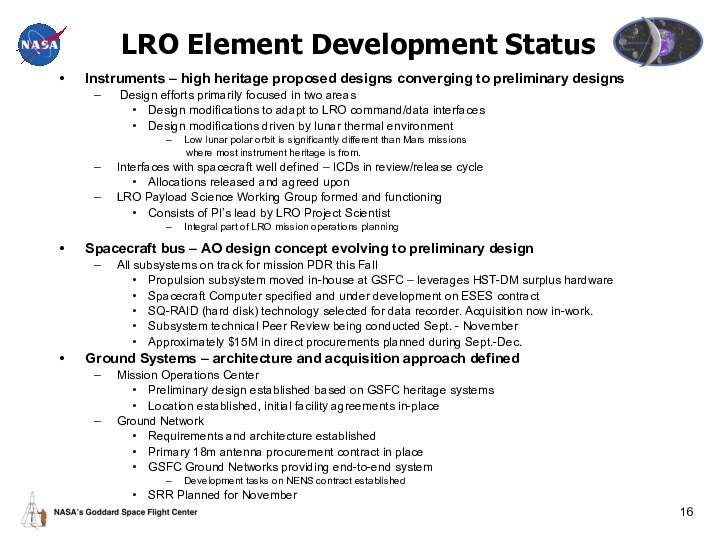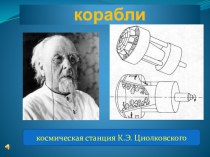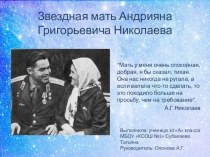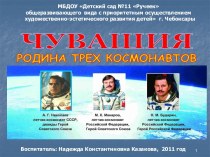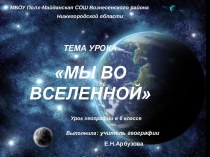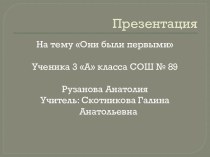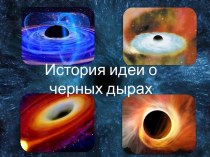Robotic Lunar Exploration Program
LRO Objectives
Characterization of the
lunar radiation environment, biological impacts, and potential mitigation. Key aspects of this objective include determining the global radiation environment, investigating the capabilities of potential shielding materials, and validating deep space radiation prototype hardware and software.Develop a high resolution global, three dimensional geodetic grid of the Moon and provide the topography necessary for selecting future landing sites.
Assess in detail the resources and environments of the Moon’s polar regions.
High spatial resolution assessment of the Moon’s surface addressing elemental composition, mineralogy, and Regolith characteristics















